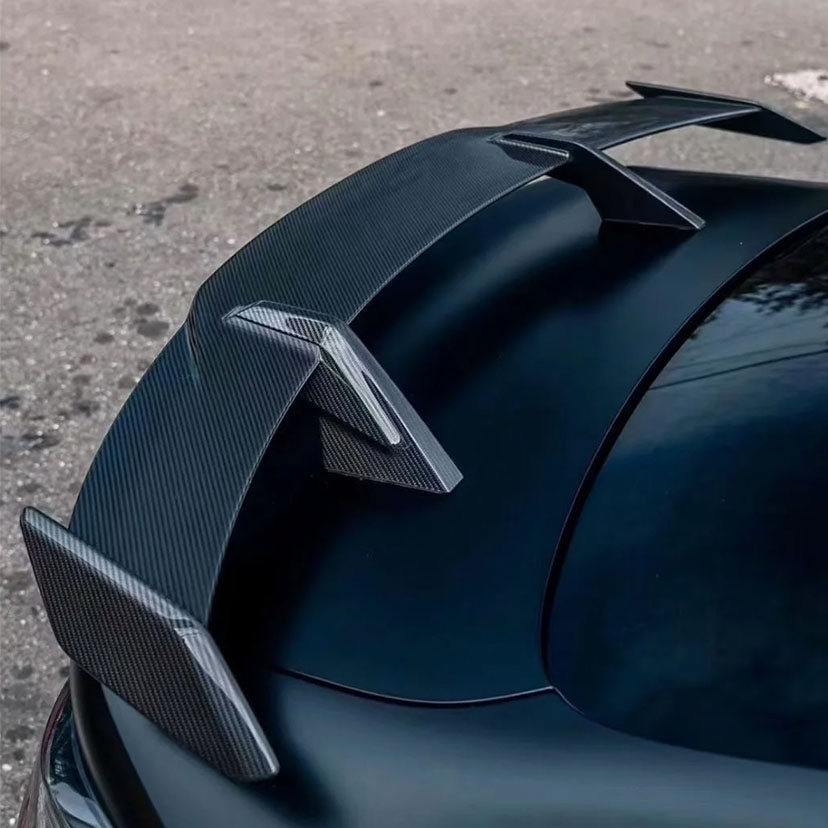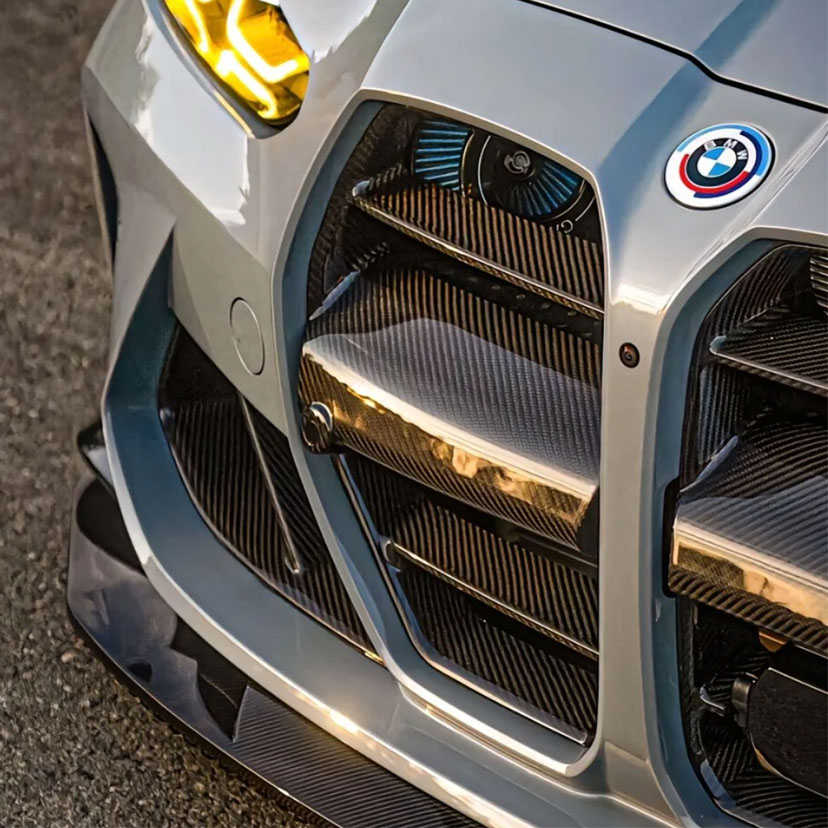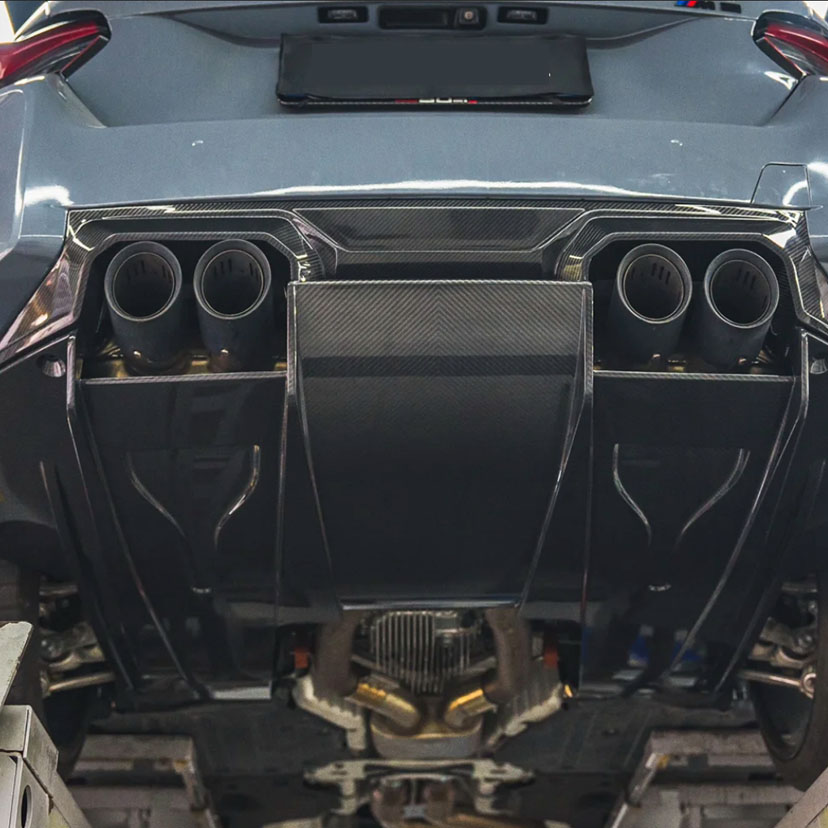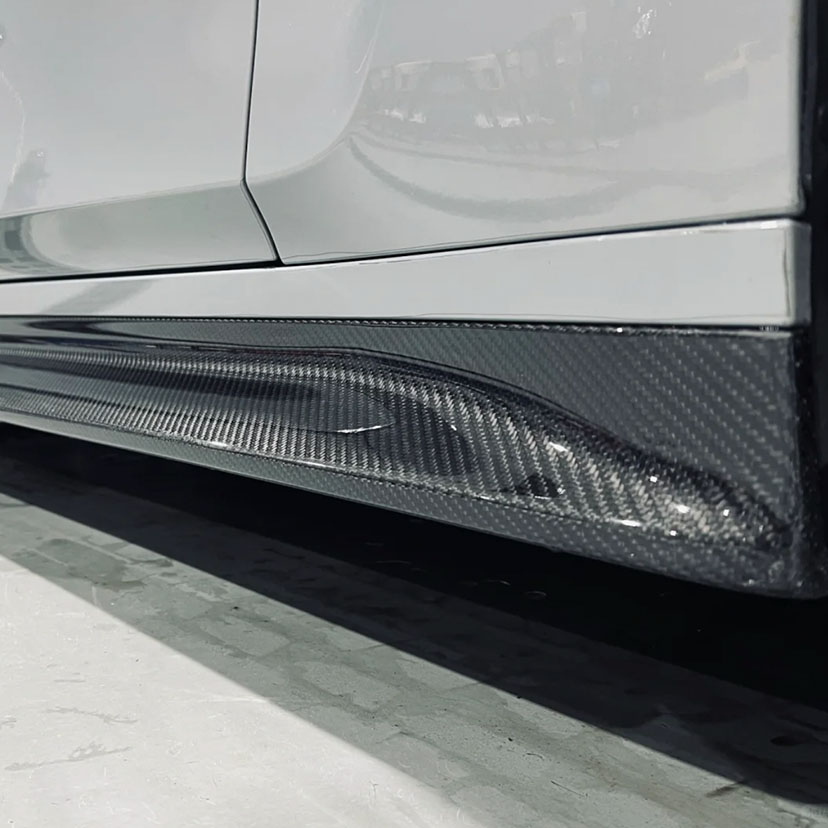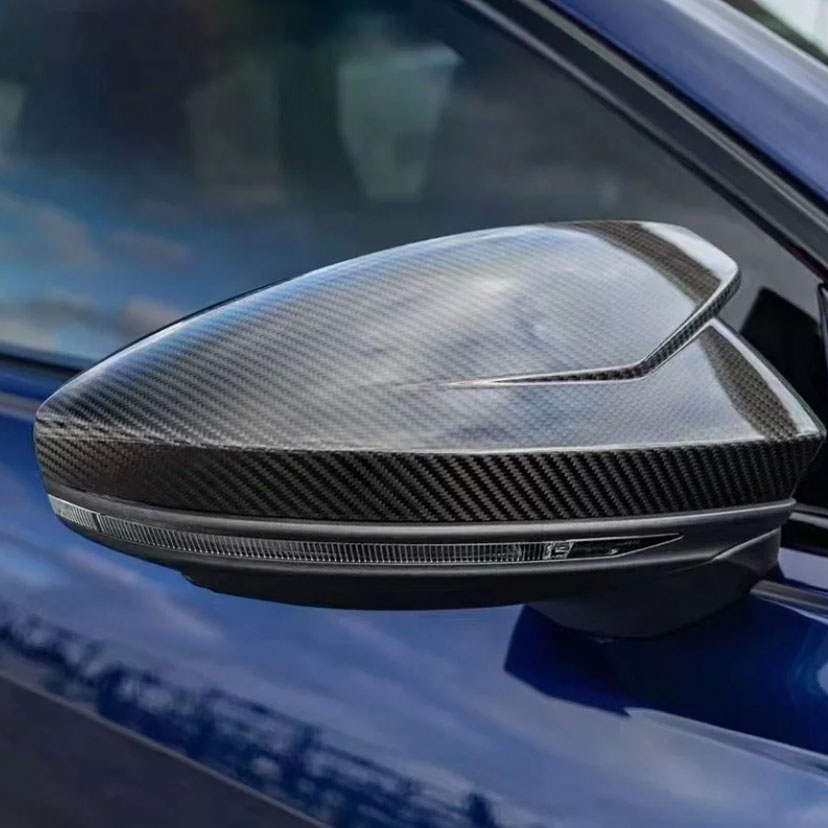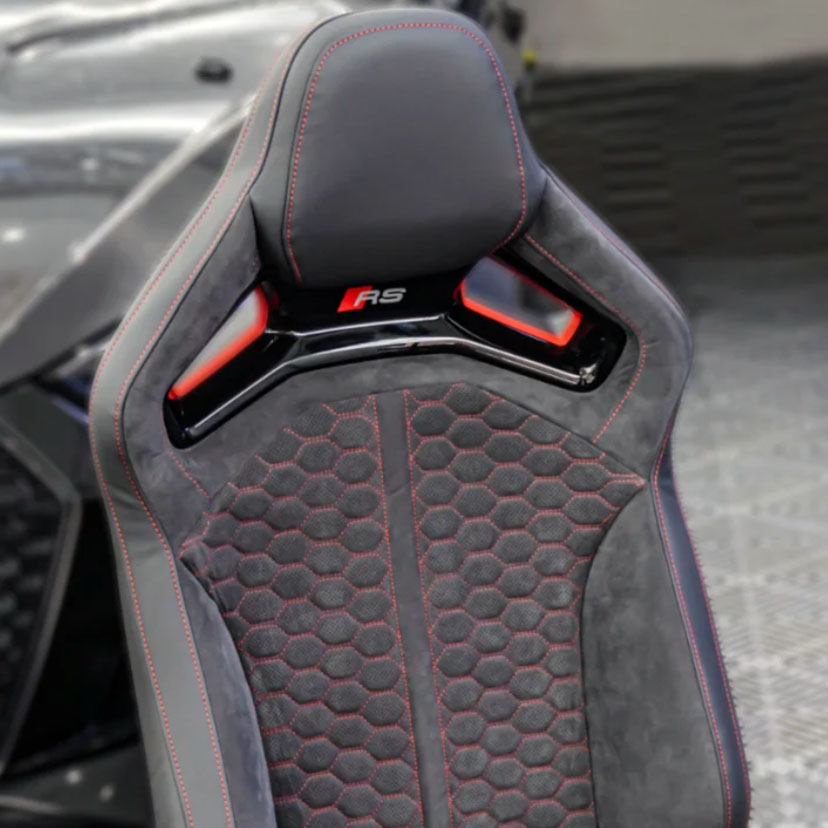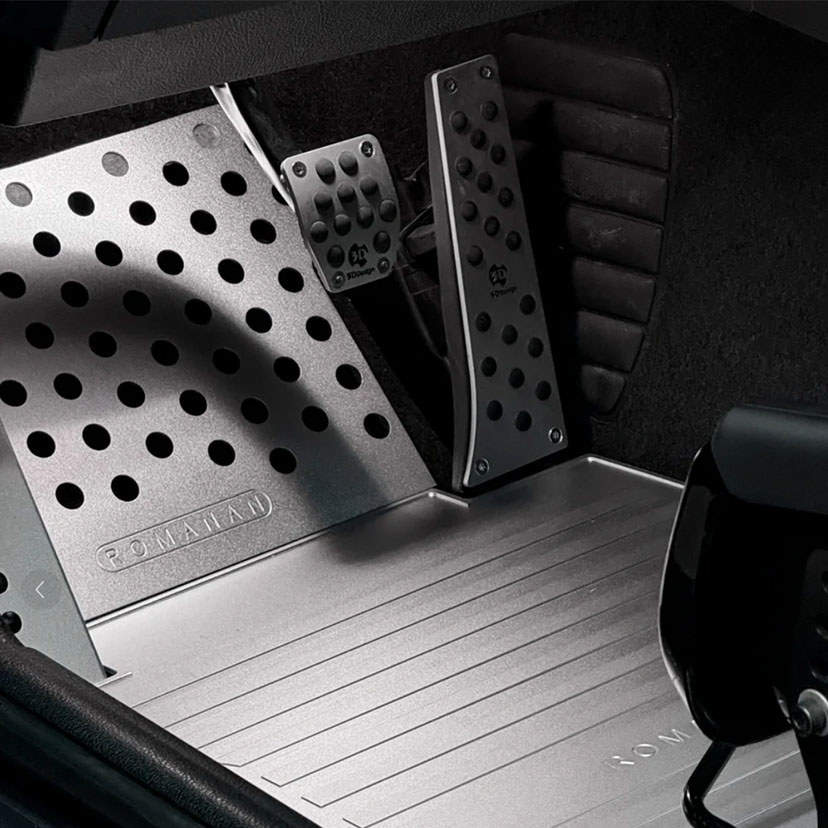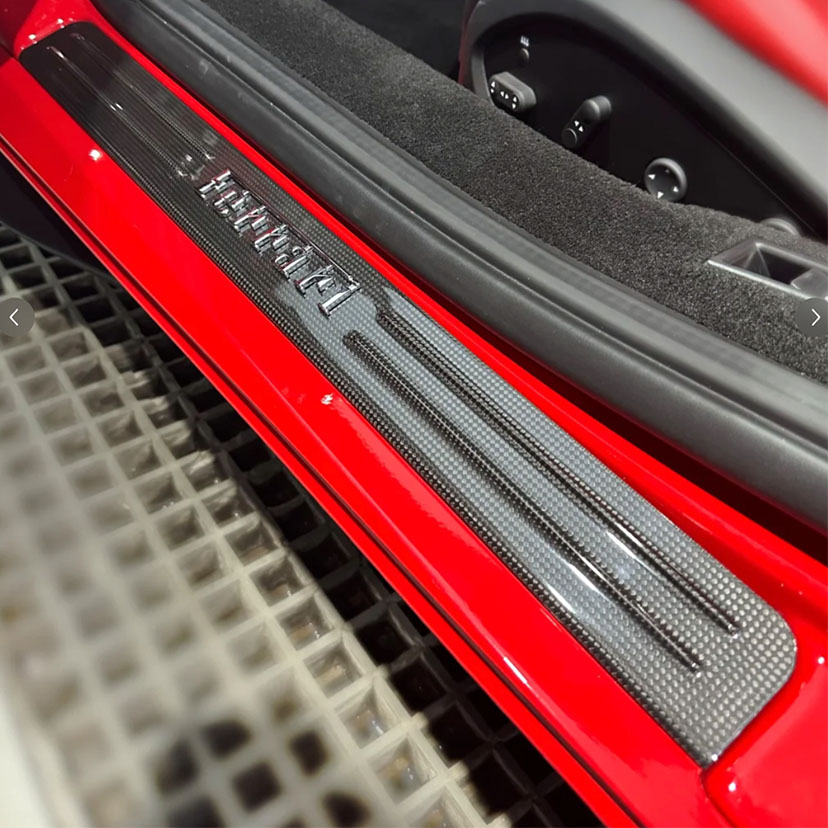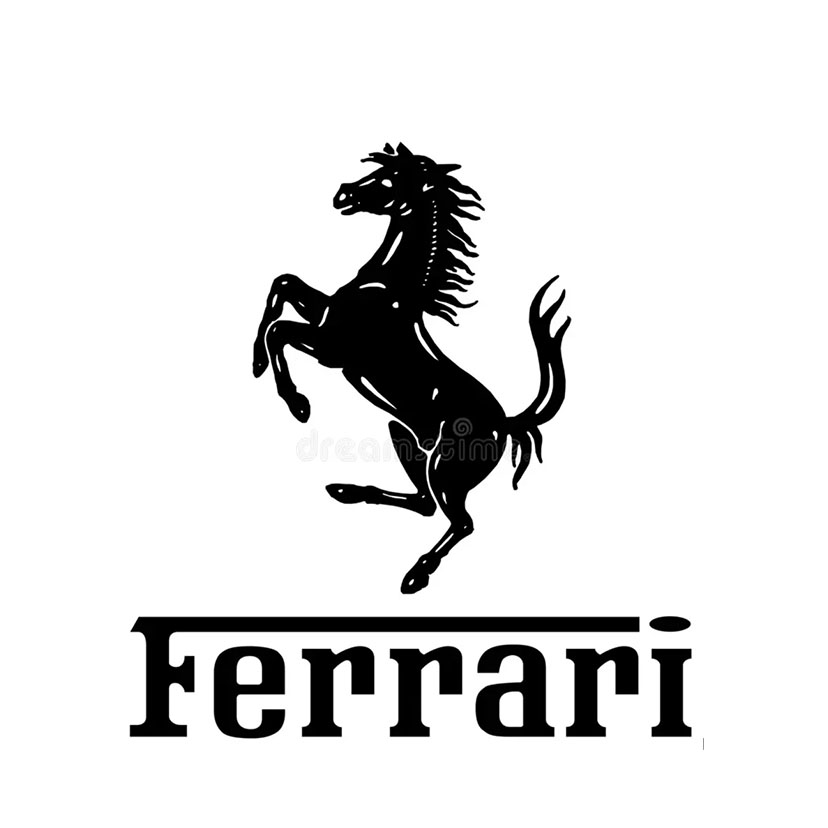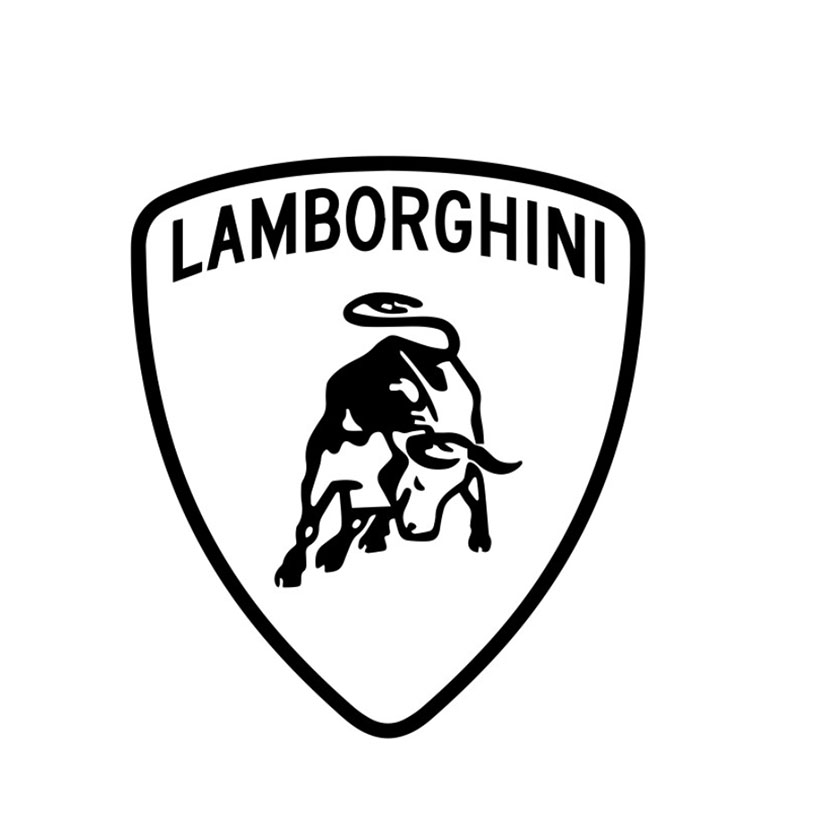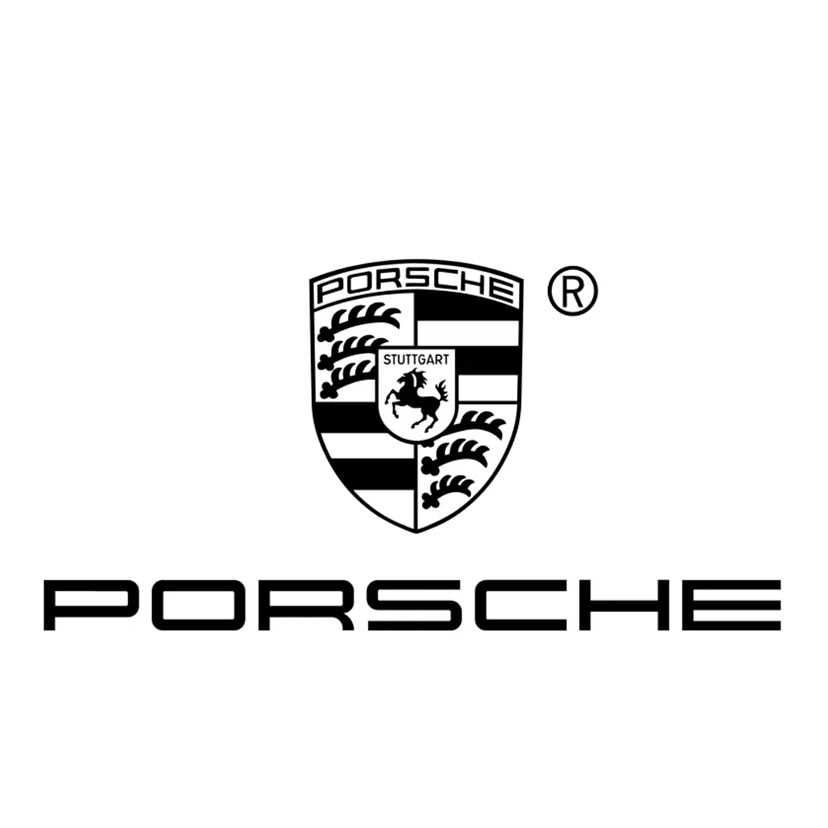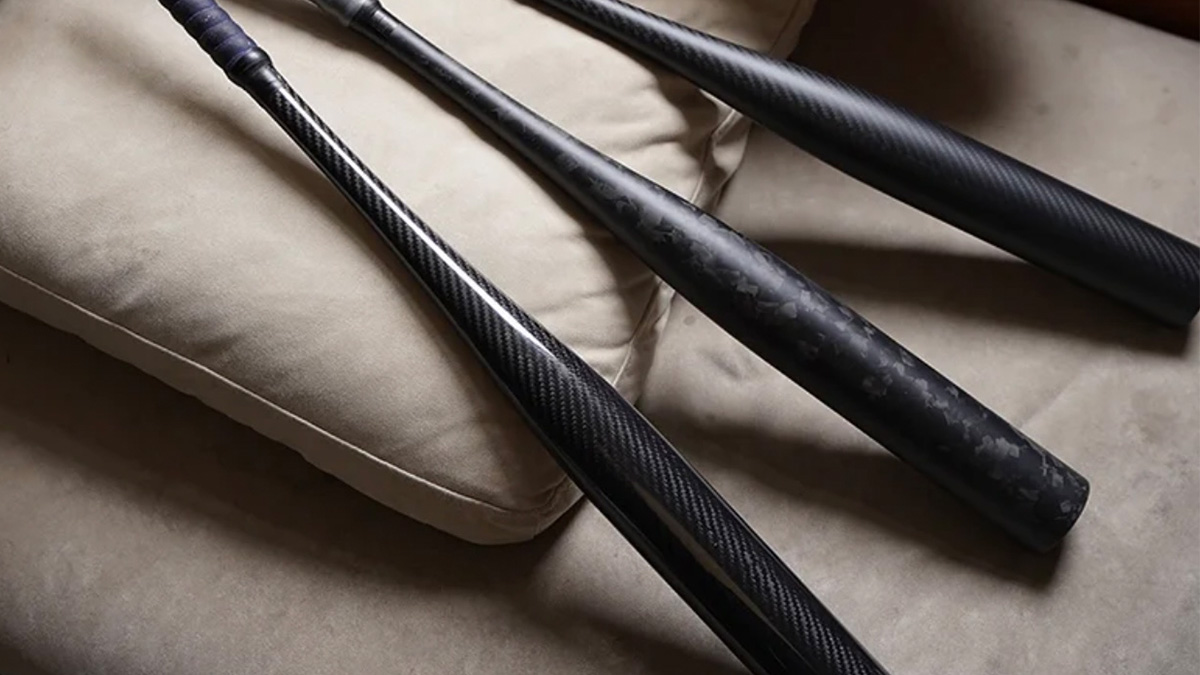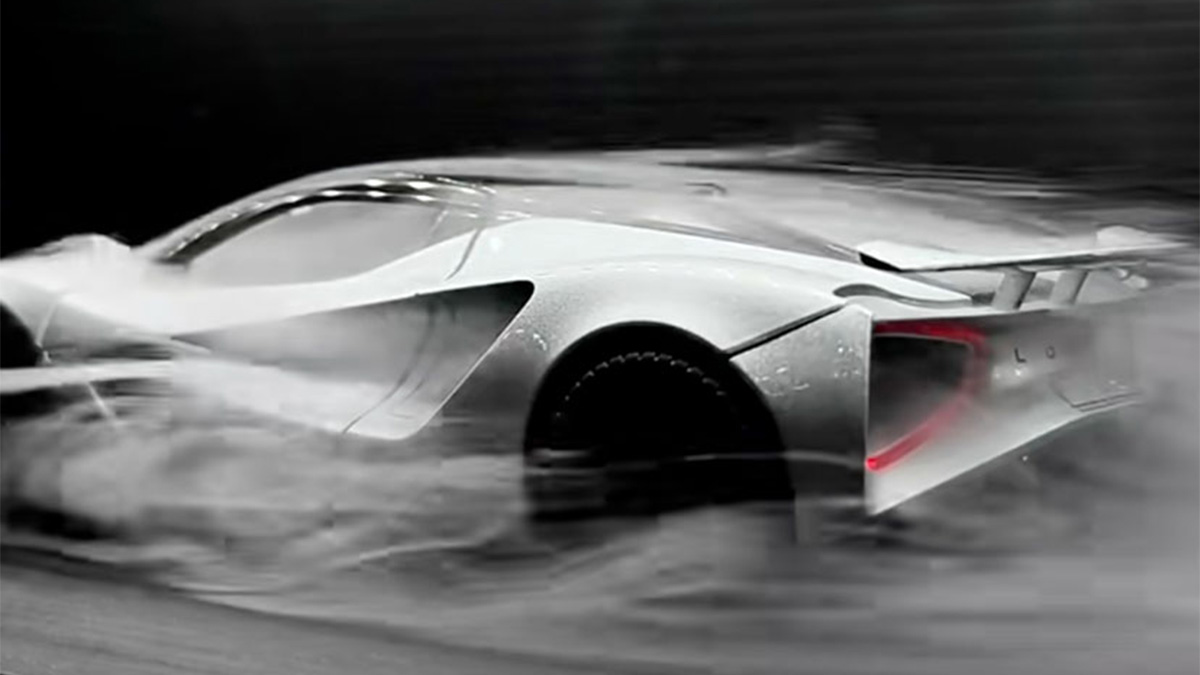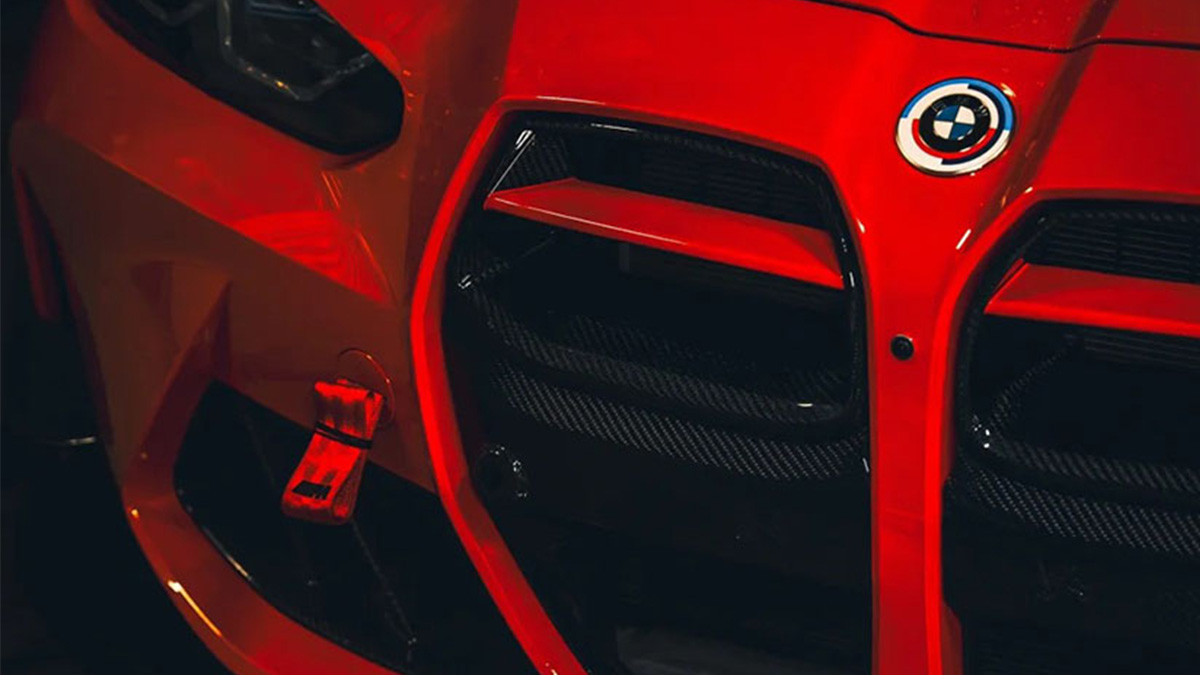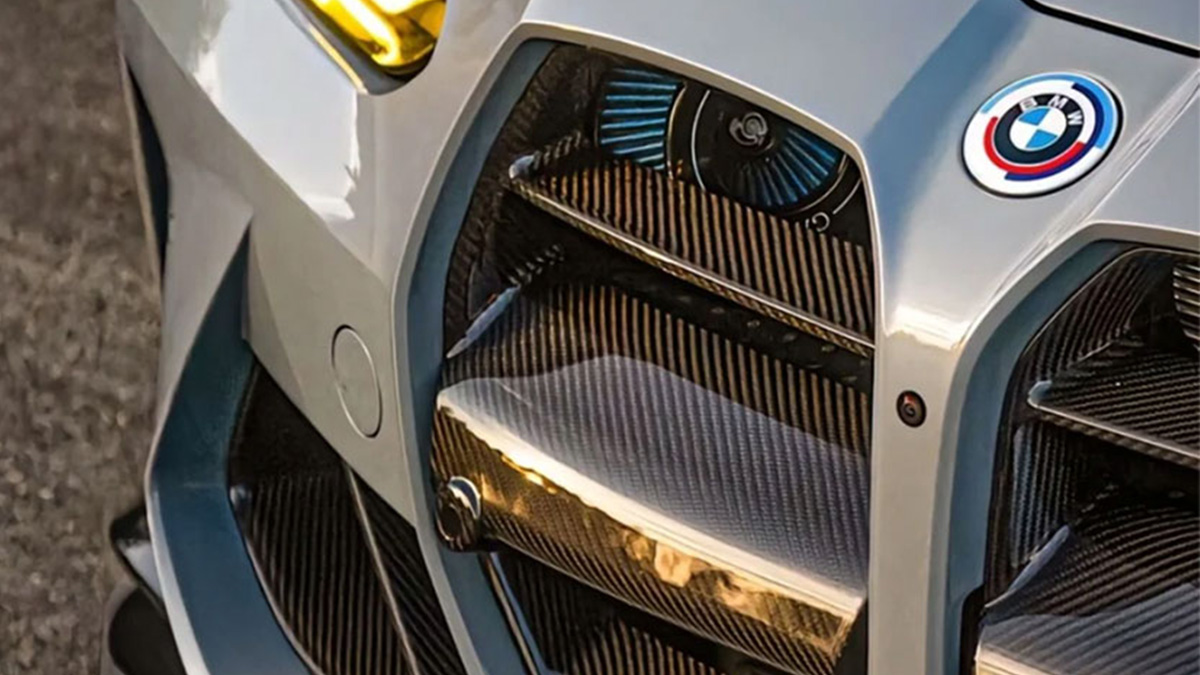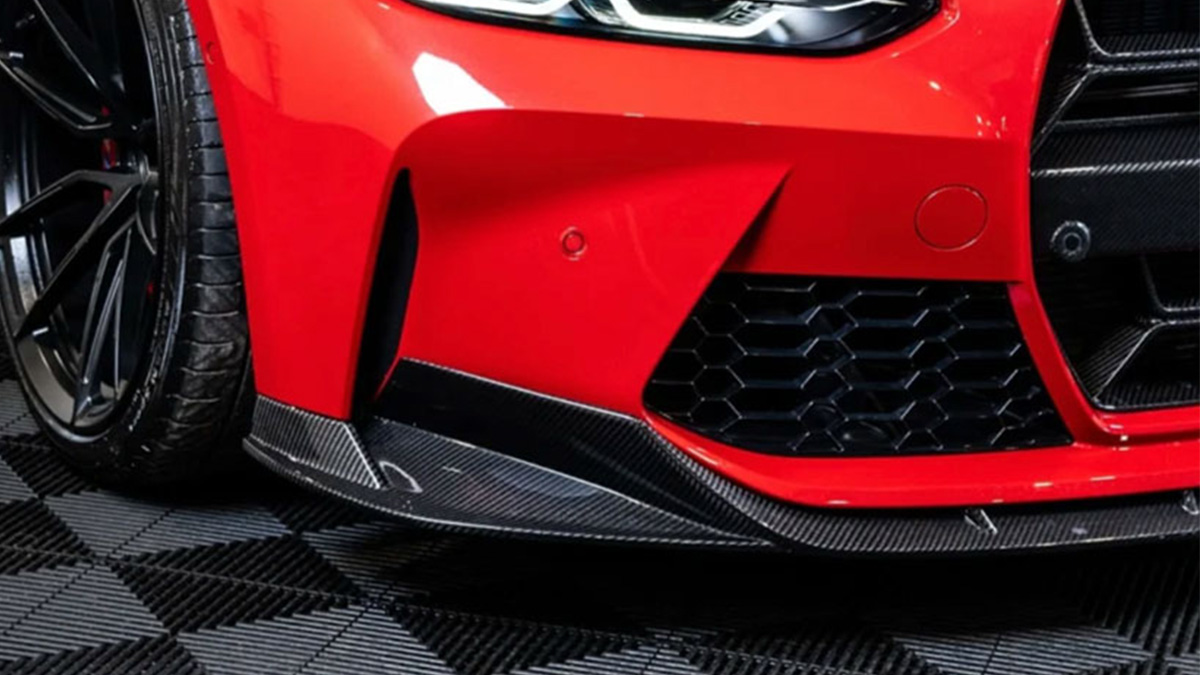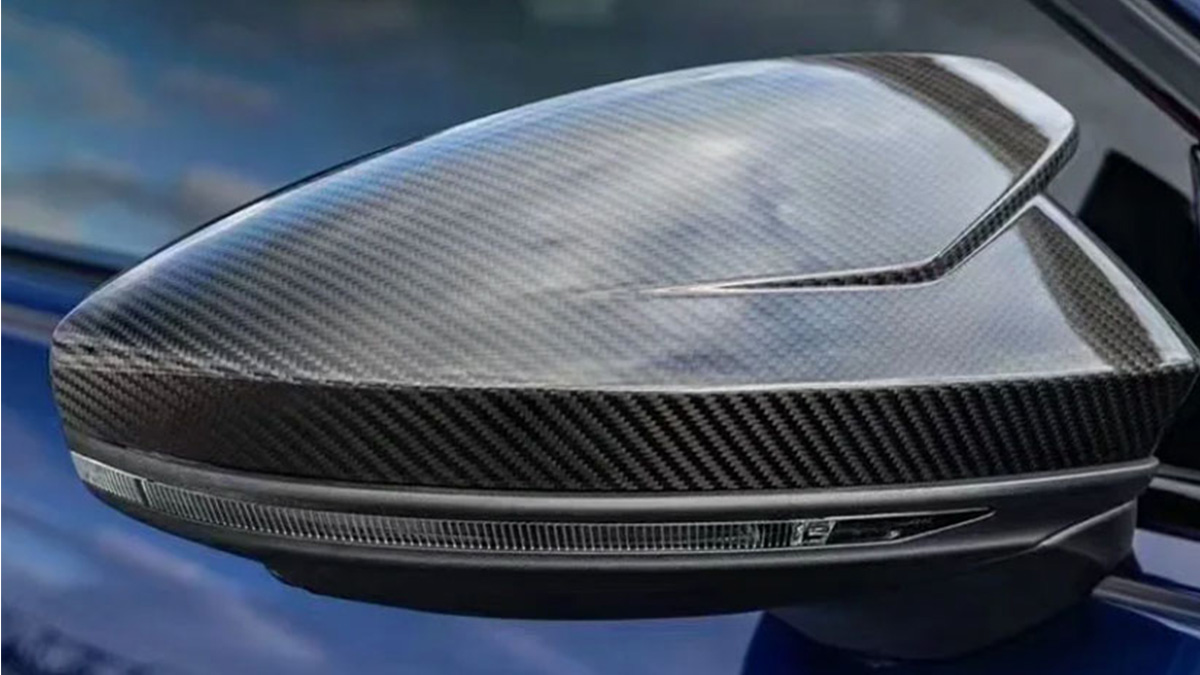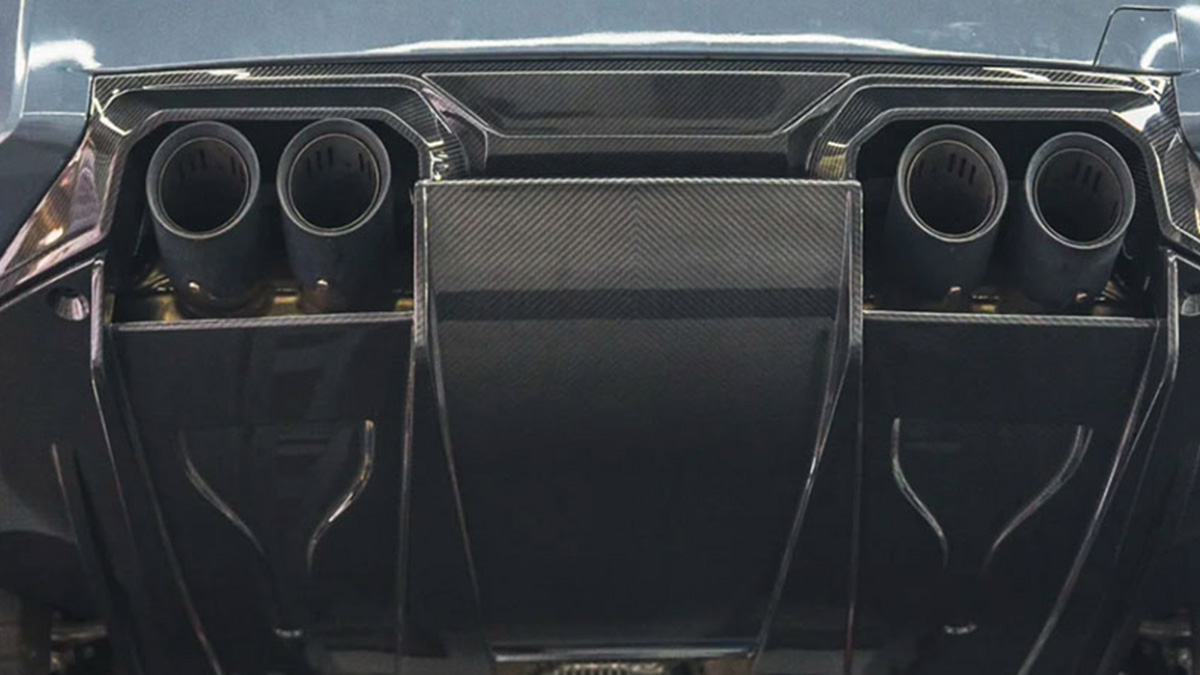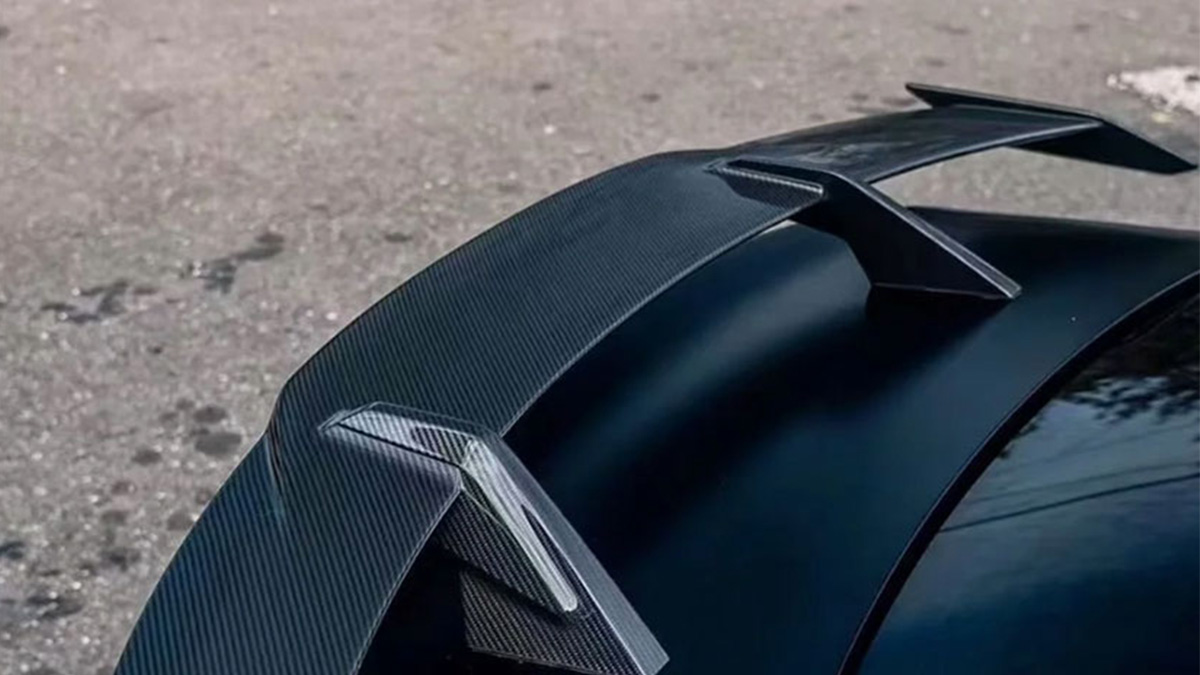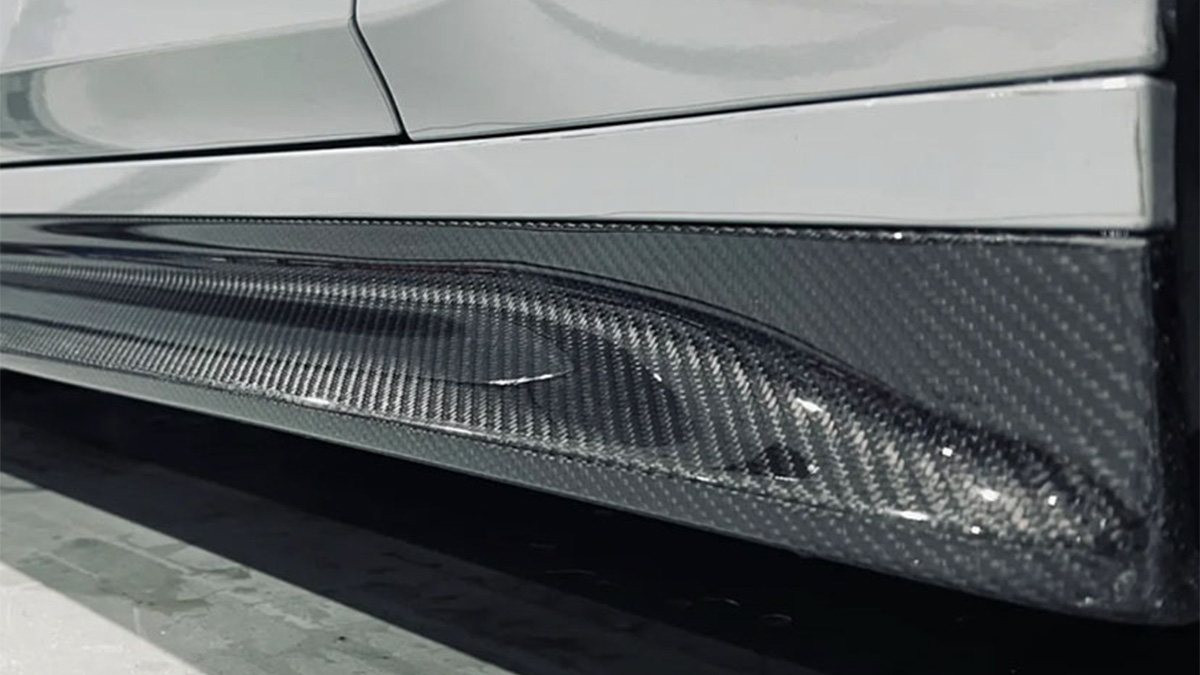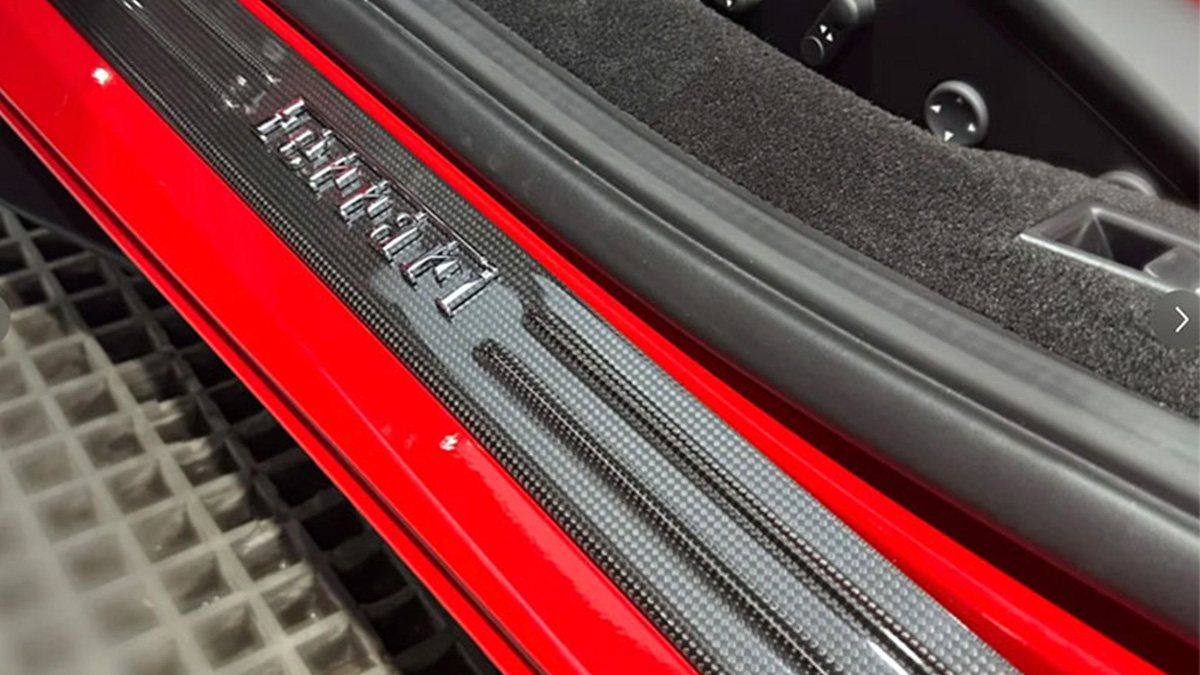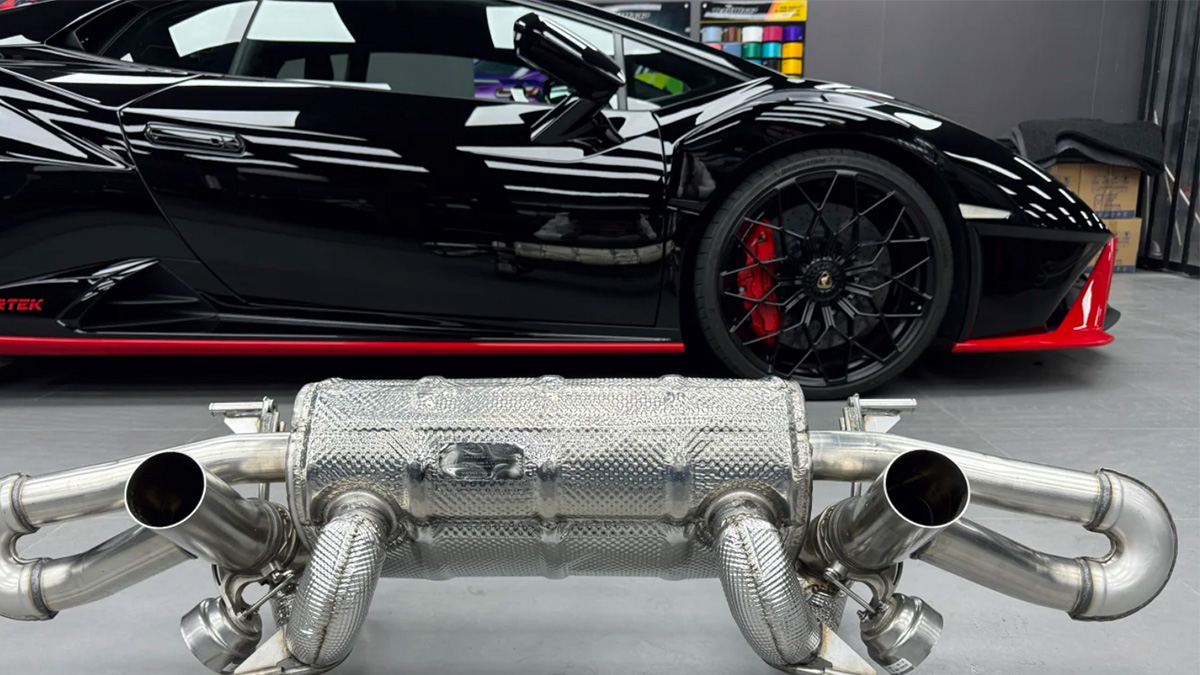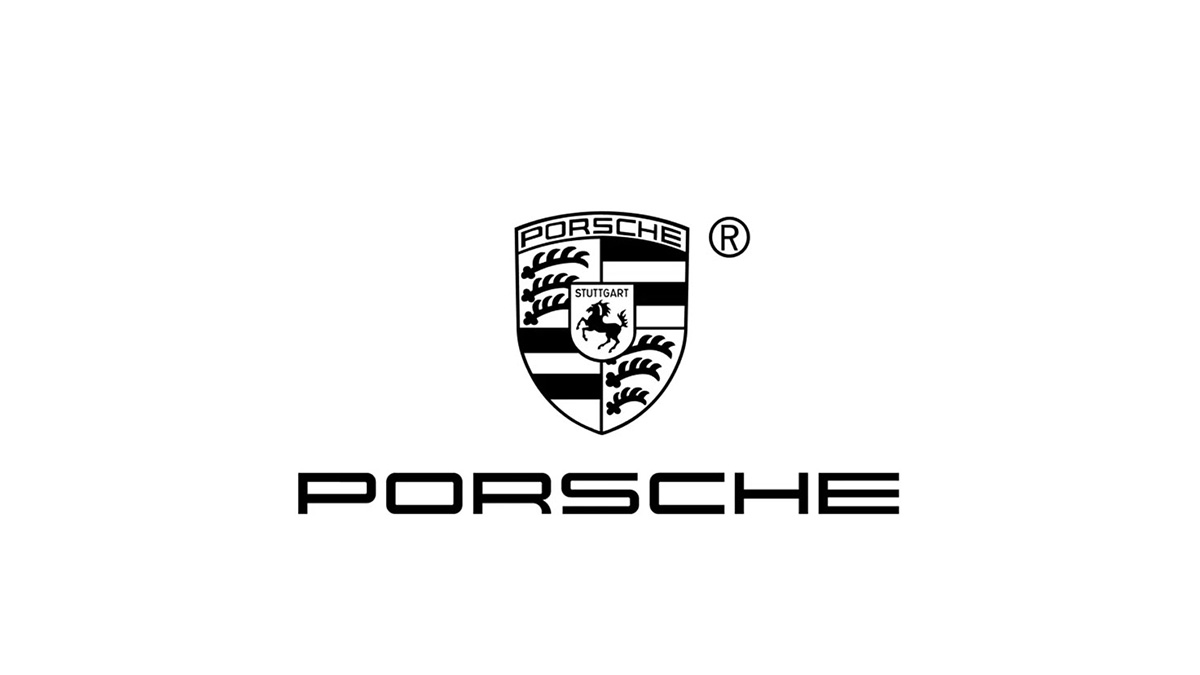The Rise of World of Outlaws Sprint Cars Since 1978

The World of Outlaws Sprint Cars series emerged in 1978 as a groundbreaking force in motorsports. Before its creation, sprint car racing lacked a unified national platform. Ted Johnson, a former midget racer, recognized this gap and established a sanctioning body with a national schedule, standardized rules, and a points system. This structure provided a consistent competitive environment for drivers and teams, elevating the sport’s profile.
Known as “The Greatest Show on Dirt,” the series revolutionized dirt track racing. It introduced high-performance sprint cars with adjustable wings and large rear tires, showcasing the best drivers on the same track. This innovation captivated fans and redefined the history of sprint car racing.
主要收获
The World of Outlaws Sprint Cars started in 1978. It brought sprint car racing together with clear rules and a points system.
Ted Johnson led the way and changed the sport. He made it more competitive and professional, drawing in the best racers.
New technology like adjustable wings and better engines made cars faster and safer. This also made races more exciting.
The series grew bigger with media coverage and sponsors. It became popular worldwide and gained fans from all over.
The World of Outlaws still shapes motorsports today. It sets high standards for racing and keeps the sport exciting and important.
Sprint Car Racing Before the World of Outlaws
The Fragmented State of Sprint Car Racing in the 1970s
In the 1970s, sprint car racing in the United States lacked a unified structure. The sport was fragmented, with drivers competing in regional events rather than a national series. This disorganization created challenges for racers and fans alike. Despite this, outlaw sprint car racing gained popularity during the mid-1970s. Drivers like Jan Opperman, Rick Ferkel, and Bobby Allen became well-known as they traveled across the country, competing on various dirt tracks in search of prize money. However, the absence of a cohesive system limited the sport’s growth and recognition.
Challenges Faced by Drivers, Teams, and Promoters
Without a national framework, drivers and teams faced significant obstacles. They often struggled to find consistent schedules and reliable payouts. Promoters also encountered difficulties in attracting top talent to their sprint car events. The lack of standardized rules further complicated matters, as racers had to adapt to different regulations at each track. This inconsistency made it harder for teams to plan and compete effectively. Fans, too, were left without a clear championship to follow, which hindered the sport’s ability to build a loyal audience.
The Need for a Unified Series to Elevate the Sport
The fragmented state of sprint car racing highlighted the need for a unified series. Ted Johnson recognized this gap and took action. In 1978, he founded the World of Outlaws to bring together the best drivers and teams under one banner. This series introduced a national tour with standardized rules and a points system, creating a more organized and competitive environment. By uniting the sport, the World of Outlaws sprint cars transformed dirt racing and elevated its status in motorsports.
The Birth of the World of Outlaws Series

Ted Johnson’s Vision and Leadership
Ted Johnson played a pivotal role in transforming sprint car racing. His vision for the World of Outlaws series centered on creating a unified platform where the best drivers could compete under consistent rules. Key aspects of his leadership include:
Establishing the World of Outlaws in 1978, starting with the Sprint Car division.
Expanding the series in 1988 to include the dirt Late Model division.
Promoting a competitive environment by bringing top talent to the same track on the same night.
Johnson’s efforts elevated the sport’s professionalism and entertainment value, making the World of Outlaws sprint cars a premier attraction in motorsports.
The Organizational Structure and Early Challenges
The World of Outlaws began with a clear organizational structure. Johnson introduced a national schedule, standardized rules, and a points system to ensure fairness and consistency. This structure allowed drivers and teams to compete on equal footing, fostering a sense of unity within the sport.
However, the early years were not without challenges. Convincing drivers and promoters to join the series required significant effort. Many were hesitant to abandon their regional circuits for an untested national tour. Financial constraints also posed difficulties, as Johnson had to secure sponsorships and prize money to sustain the series. Despite these obstacles, his determination and strategic planning laid the foundation for long-term success.
The Inaugural Season and Its Significance in Motorsports
The inaugural season of the World of Outlaws marked a turning point in sprint car racing. It introduced a structured competition with a points system and substantial prize money, attracting a diverse range of drivers. The first race, held at Devil’s Bowl Speedway, offered a total purse of $6,625, with $2,000 awarded to the winner. This financial incentive highlighted the series’ commitment to rewarding excellence.
The season’s success elevated the sport’s profile and professionalism. Fans embraced the excitement of seeing top drivers compete regularly, while teams appreciated the consistency and organization. The World of Outlaws quickly became a symbol of innovation and competition, setting a new standard for dirt track racing.
The Inaugural Race and Early Development
The First Race: Format, Key Participants, and Outcomes
The inaugural World of Outlaws race took place on March 18, 1978, at Devil’s Bowl Speedway in Mesquite, Texas. This historic event marked the beginning of a new era in sprint car racing. Key details of the race included:
A 70-car field, showcasing some of the best outlaw sprint car drivers of the time.
A total purse of $6,625, with $2,000 awarded to the winner.
A format designed to attract top talent and provide thrilling competition for fans.
The first World of Outlaws race set the tone for the series, emphasizing high stakes and intense competition. It also established the foundation for what would become one of the most iconic motorsports series in history.
Early Rivalries and the Rise of Standout Drivers
The early years of the World of Outlaws saw the emergence of fierce rivalries and standout drivers. Competitors like Steve Kinser, Sammy Swindell, and Doug Wolfgang quickly became household names among sprint car fans. Their intense battles on the track captivated audiences and elevated the sport’s profile.
These rivalries were not just about winning races; they were about establishing dominance in a rapidly growing series. Drivers pushed the limits of their skills and equipment, creating unforgettable moments that defined the early days of the World of Outlaws. The competitive spirit of these racers helped solidify the series’ reputation as “The Greatest Show on Dirt.”
Building a Fanbase and Establishing Credibility
The World of Outlaws sprint cars gained credibility by consistently delivering high-quality events. Fans were drawn to the excitement of seeing top drivers compete on a national stage. Promoters played a crucial role in organizing races at premier dirt tracks across the country, ensuring that each event met high standards.
Milestones in the series’ early development further boosted its reputation:
年份 | 里程碑说明 |
|---|---|
1978 | Establishment of the Sprint Car division by Ted Johnson. |
1988 | First Series race held at Williams Grove Speedway. |
1988 | Establishment of the Late Model division. |
These achievements demonstrated the series’ commitment to growth and innovation. By combining thrilling races with a professional structure, the World of Outlaws built a loyal fanbase and cemented its place in motorsports history.
Evolution of the World of Outlaws Sprint Cars

Expansion of the Series’ Schedule and Venues
The World of Outlaws sprint cars series has grown significantly since its inception. Initially, the schedule featured a limited number of races, but it quickly expanded to include events across the United States. Iconic tracks like Eldora Speedway in Ohio and Knoxville Raceway in Iowa became staples of the series. These venues provided thrilling backdrops for intense competition, drawing larger crowds each season.
The series also ventured into new territories, hosting races in Canada and Australia. This international expansion introduced the sport to a global audience, further solidifying its reputation as a premier motorsports event. By diversifying its schedule and venues, the World of Outlaws created opportunities for fans worldwide to experience the excitement of sprint car racing.
Technological Advancements in Sprint Car Design
The evolution of sprint car design has played a crucial role in the success of the World of Outlaws. Teams continually innovate to enhance performance and safety. Key advancements include:
Quick change rear ends, allowing teams to adjust gear ratios for different track conditions.
Torsion bar suspension systems, which improve handling by altering suspension stiffness.
410-cubic inch engines producing over 900 horsepower, powered by methanol fuel.
Large adjustable wings, generating downforce for better grip and stability.
These innovations not only improve speed and handling but also ensure safety. For example, the wings reduce the risk of cars becoming airborne and absorb impact during flips. The series mandates a minimum weight of 1,425 pounds, including the driver, to maintain fairness and safety standards. These advancements highlight the series’ commitment to pushing the boundaries of sprint car technology.
The Rise of Iconic Drivers and Legendary Teams
The World of Outlaws has produced some of the most celebrated drivers and teams in motorsports history. These individuals have left an indelible mark on the series:
司机 | Achievements |
|---|---|
Steve Kinser | 20-time champion, 690 career wins, 12-time Knoxville Nationals winner |
Sammy Swindell | 3-time champion, 394 career wins, National Sprint Car Hall of Fame member |
Donny Schatz | 10-time champion, 306 career wins, 11-time Knoxville Nationals winner |
Doug Wolfgang | 140 career wins, 5-time Knoxville Nationals winner |
These drivers, along with teams like Tony Stewart Racing and Kasey Kahne Racing, have elevated the series to new heights. Their dominance and dedication have inspired future generations of racers, ensuring the legacy of the World of Outlaws sprint cars endures.
Growth in media coverage and sponsorships
The World of Outlaws Sprint Cars series experienced significant growth in media coverage and sponsorships over the years. Early on, the series relied on local newspapers and word-of-mouth to attract fans. As the sport gained popularity, national publications and motorsports magazines began covering its events. This exposure introduced sprint car racing to a broader audience, helping the series establish itself as a premier motorsports attraction.
Television played a pivotal role in expanding the series’ reach. In the 1980s, networks like TNN (The Nashville Network) began broadcasting select races. These televised events showcased the high-speed action and intense rivalries to viewers across the country. By the 2000s, partnerships with major sports networks like CBS Sports and DIRTVision brought live streaming and on-demand content to fans worldwide. This digital shift allowed the series to connect with younger audiences and international viewers.
Sponsorships also became a driving force behind the series’ success. Companies recognized the marketing potential of aligning with the World of Outlaws. Brands like STP, NOS Energy Drink, and Advance Auto Parts became prominent sponsors, providing financial support and increasing the sport’s visibility. These partnerships enabled the series to offer larger prize purses and invest in better facilities, enhancing the overall experience for drivers and fans.
The combination of media coverage and sponsorships transformed the World of Outlaws from a grassroots racing organization into a global phenomenon. Each season brought new opportunities to showcase the sport’s excitement and innovation, ensuring its continued growth and influence in motorsports.
The Legacy of the World of Outlaws Sprint Cars
Contributions to the Popularity of Sprint Car Racing
The World of Outlaws has played a pivotal role in popularizing sprint car racing. By establishing a national tour, it brought structure and visibility to a previously fragmented sport. The introduction of a points system created a clear path to crown champions, which added excitement and consistency for fans. Extensive media coverage further enhanced the sport’s reach, making sprint car racing accessible to a broader audience.
With over 45 years of history, the series has become a cornerstone of dirt-track racing. Its ability to attract top talent and deliver thrilling competitions has drawn loyal fans and new spectators alike. The World of Outlaws has transformed sprint car racing into a celebrated motorsport, inspiring countless drivers and teams to pursue excellence.
Innovations Introduced to Motorsports Through the Series
The World of Outlaws has consistently pushed the boundaries of innovation in motorsports. Technological advancements in sprint car design, such as adjustable wings and high-performance engines, have set new standards for speed and safety. The series also pioneered the use of methanol fuel, which improved engine performance while reducing fire risks.
Beyond technology, the series introduced innovative race formats and scheduling strategies. By hosting events at iconic venues and expanding internationally, it showcased the sport to diverse audiences. The adoption of streaming services revolutionized fan engagement, allowing viewers worldwide to experience the excitement of each season in real time. These innovations have cemented the World of Outlaws as a leader in motorsports.
The Enduring Appeal and Influence of the World of Outlaws
The World of Outlaws has maintained its relevance by adapting to the evolving motorsports landscape. Since 1978, it has remained the premier national touring sprint car series, outlasting competitors like the United Sprint Association and the National Sprintcar League. Its long-standing history and ability to navigate challenges have solidified its position as a dominant force in the sport.
Streaming services have further expanded its audience, introducing sprint car racing to younger generations and international fans. The series’ commitment to delivering high-quality events and fostering intense rivalries ensures its enduring appeal. The World of Outlaws continues to influence motorsports by setting benchmarks for competition, innovation, and fan engagement.
The World of Outlaws has evolved from a groundbreaking idea in 1978 to a cornerstone of motorsports. Its journey began with Ted Johnson’s vision of a unified sprint car series and expanded to include the Late Model division in 1988. The series adapted to modern broadcasting methods and embraced global audiences, ensuring its continued prominence.
“We thought the market was a little underserved.” This belief led to the creation of the Xtreme Outlaw Midget Series in 2022, which nurtures young talent and strengthens the future of dirt track racing.
By fostering innovation and competition, the World of Outlaws remains a driving force in shaping the sport’s legacy and sustainability.


